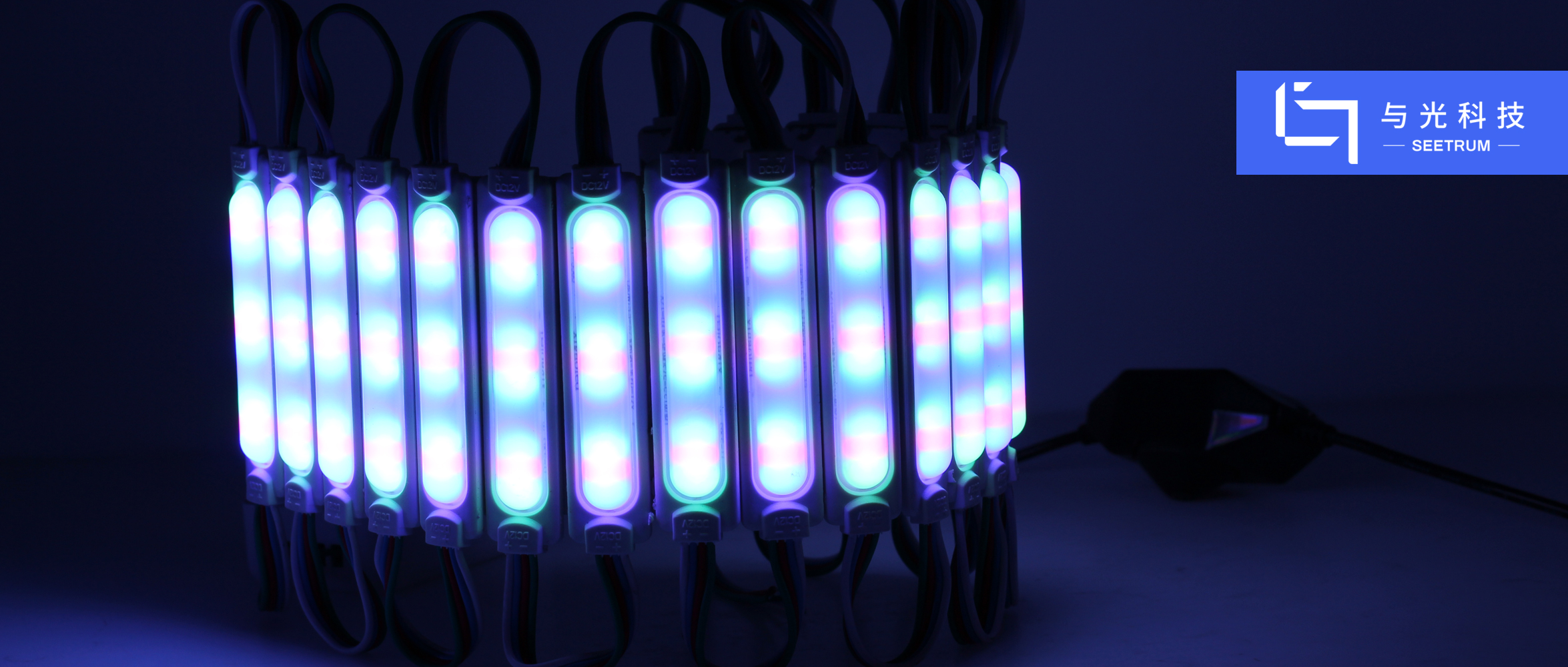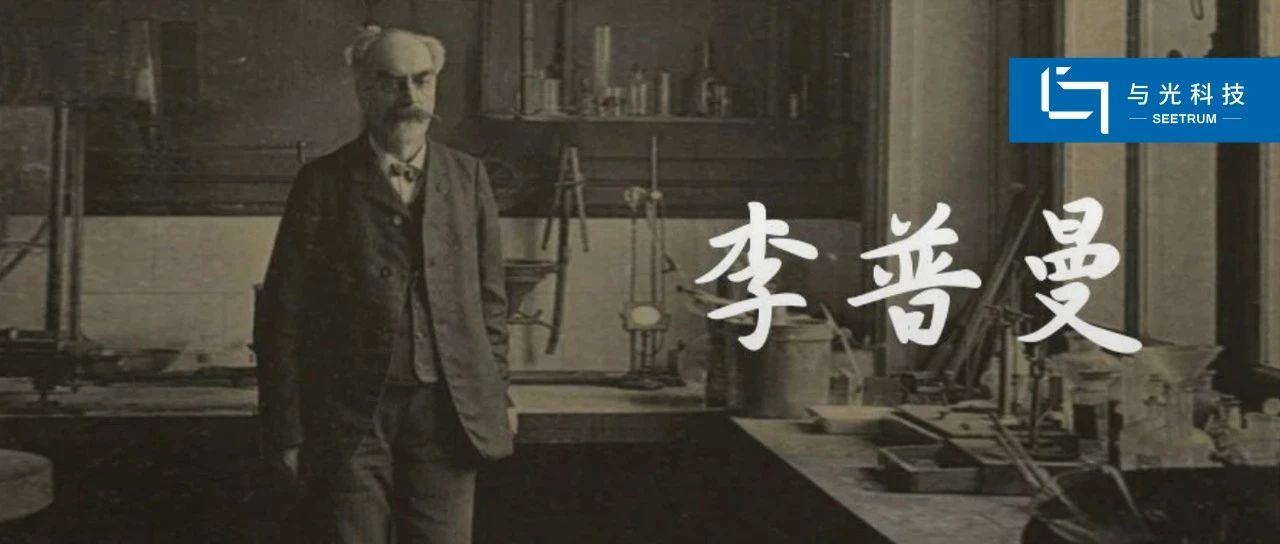文|清泉
图源|网络
A new round of scientific and technological revolution and industrial transformation are reshaping the global innovation landscape. As the integrated circuit manufacturing technique continues to approach the physical limit, Moore's Law is facing a possible failure. How can we resume its glory in the post-Moore era? Which technology will stand out? Nowadays, innovative applications based on photonic technology have been booming in many fields and there is an investment upsurge in the photonic industry. As an emerging science following electronics, photonic technology has been widely used in medical, chemical, energy, aerospace, and defense fields etc. Photonic technology is ushering in a new round of booming time. It is likely to power the fourth industrial revolution.
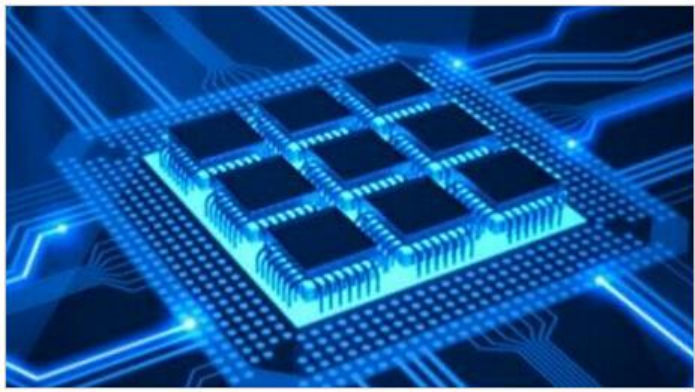
In the post-Moor era, a new round of scientifical and technological revolution is on the way.
It is clear that "Technology is the primary productive force", which is proved from the development history of human society in the past 300 years. The end of the eighteenth century witnessed the first industrial revolution represented by steam engine technology that speeded up the industrialization process of human society; By the mid-nineteenth century, the second industrial revolution led by the electric power technology accelerated industrialization on more time; In the 1870s, the wide use of computer technology opened the curtain of the third industrial revolution, further enhancing the industrialization and automation of human society.
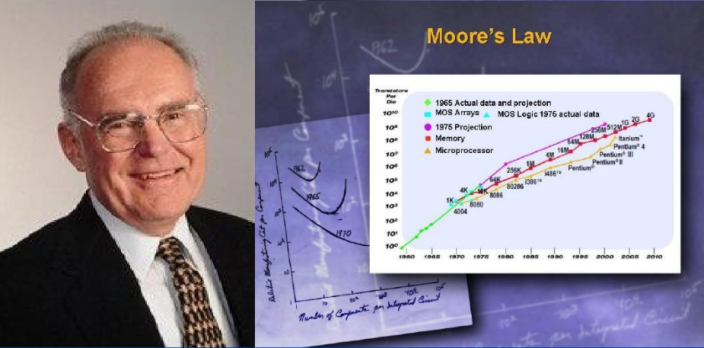
During the third industrial revolution, the integrated circuit industry, as the cornerstone of information technology, achieved great development. Over the past 60 years, the integrated circuit CMOS technique has continued to evolve following Moore's Law. At present, the most advanced technique has reached 5nm while the whole industry is still working hard on how to advance to 3nm and 2nm. However, as silicon chips are increasingly approaching the physical and economic limit, Moore's Law is facing a possible failure, which also means the opening of the "post-Moore era" for development of integrated circuit.
Driven by 5G, Internet of Things, and artificial intelligence, the fourth industrial revolution is on the way. What’s the engine technology to support the development of the new era? The new era calls for a new round of technological revolution and industrial transformation.
Photonic technology, supported and welcomed by the new era, will lead a new round of technological revolution
In recent years, there has been an upsurge in photonics and the photonic industry. For example, optical communications and interconnection technologies have played a leading role in high-speed broadband networks, high-performance computing, big data, and Internet of Things. The rapid growth of communication data requires higher standards for optoelectronic devices and promotes the development of photonic integration and photonic chip technology.
Compared with electronically driven integrated circuit, photonic chip enjoys the features of ultra-high speed and ultra-low power consumption. Photonic chips that use optical signals for data acquisition, transmission, calculation, storage and display have good prospects and great potential.
In the 2021 World Semiconductor Conference, Mao Junfa, an academician of the Chinese Academy of Sciences, pointed out that in the post-Moore era, heterogeneous integrated circuits are a way to bypass Moore’s law. Photonic technology is inseparable from integrating compound semiconductor devices or chips with techniques of different development nodes, or silicon-based highly integrated devices or chips (including optoelectronic devices or chips) with passive components (including MEMS) or antennas, which is achieved through heterogeneous bonding or epitaxial growth.
Since the turn of the century, large-scale photonic integrated chips have become one of the most competitive fields in the world. Developed countries like those in the European Union have covered the photonic integration industry into the national strategic planning and development. The United States has also taken some actions. AIM Integrated Photonics was established during President Obama’s time to transform the terminal photonics "ecosystem". AIM Integrated Photonics is led by industrial giants like IBM and Intel, which provides a comprehensive platform for the academic institutions such as the Massachusetts Institute of Technology and the University of California.
However, compared with microelectronic technology, optoelectronic technology covers various materials, and it is difficult to achieve microstructure integration through the superposition of simple models. Therefore, the standardization of optoelectronic technology is more difficult, and it has higher requirements. This high-tech barrier also indicates that once the photonic integration technology achieves a breakthrough in large-scale development, it would bring exponential growth and high industrial returns.
MarketsandMarkets, a market research firm, predicts that by 2023, the size of the global photonics market will grow from US$520 billion in 2017 to US$780.4 billion in 2023, with a compound annual growth rate of 7.0%.
"From electricity to photon", photonic technology is likely to power the fourth industrial revolution.
Supported by policies and capital, photonic industry witnesses a boom in various fields
Products based on photonic technology include optical chips, optical devices, optical modules, and vertically integrated subsystems. The key technologies used for photonic integration cover upstream basic materials, chip design and manufacturing technology, packaging and testing technology and system integration capabilities.
Photonic technology is not only the key foundation for optical communication equipment, data communication equipment, wireless communication equipment, data centers, supercomputing, IoT sensing and artificial intelligence, etc., it is also widely used in the field of consumer electronics like smartphones, tablets, and wearable devices.
Among the mainstream optical communications applications, optical chip is responsible for the mutual conversion between electrical signals and optical signals, and it ranks the top in the field of optical communications. Nowadays, driven by massive data, the 200G/400G high-speed optical communication standards with higher bandwidth and higher speed are constantly evolving, in which optical chip and optical device play an important role. Led by telecommunications equipment manufacturers like Huawei and ZTE, China has become the largest consumer in optical components, accounting for more than 3/1 of the global market. Pitifully, for the core high-end optical chips, home-developed ones are quite poor.
Taking consumer electronics as an example, if the launch of Apple’s iPhone in 2007 has thoroughly popularized the concept of “consumer electronics”, then the launch of Apple’s iPhone X in 2017 will creatively deepen the new term “consumer photons”. Since the release of iPhone X, facial recognition, or 3D vision technology, has become hot, in which optical chip plays a vital role. Apple’s 3D camera takes a structured light technology solution that uses VCSEL (vertical cavity surface emitting laser) and DOE (diffraction grating), where the VCSEL array chip composed of more than 300 lasers can form 3D depth information through the image processor. Driven by Apple, VCSEL optical chips have become a hot spot among the industry. Wafer fabs and chip design companies joined the VCSEL production and design camp one after another. According to data from Haitong Securities, the global hardware market of smartphone-side 3D vision reached approximately US$9.925 billion in 2020.
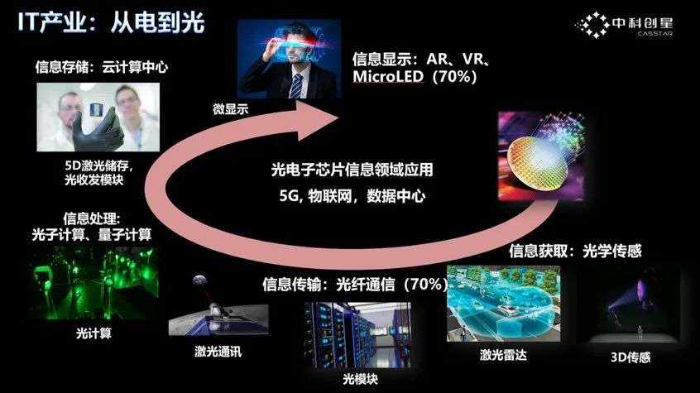
Mi Lei, the founding partner of Casstar and the proponent of the "hard technology" concept, pointed out that the entire IT industry is now in the transition process from "electricity to photon", and the future will be the era of "consumer photons".
The over-expected industrial effects brought by photonic technology have not only attracted manufacturers from the industry, but also aroused great interests of industrial capital. At the same time, China’s guidelines for the development of the optoelectronics industry have also clearly shown the goals: the five-year roadmap for the development of optoelectronic devices in China (2018-2022) shows that the localization rate of low-end optoelectronic chips in 2022 will exceed 60%, and that of high-end optoelectronic chips will exceed 20%; In 2022, domestic optoelectronic companies account for more than 30% of the global market share relating to optical communication device, and one optoelectronic company enters the top 3 in the world.
Supported by domestic policies, optoelectronic industry is grabbed by capital and enterprises. International giants like Apple, Huawei, Intel, Cisco, and IBM have reached to optical chips, and the domestic market has also cultivated a number of optical chip/optical component suppliers that have achieved breakthroughs in product segments. With the strong supports of domestic policies and funds, China’s optoelectronic industry is greeted with a golden period of rapid development. From production to design, mid-to-high-end chips will gradually transform from being imported from abroad to independent research and development and supply. Domestic manufacturers have a lot to do in this field. Thanks to emerging technologies and the promotion of China's overall market, China's photonics industry will usher in an all-round development.
(Forward from: Semiconductor Investment Alliance)






